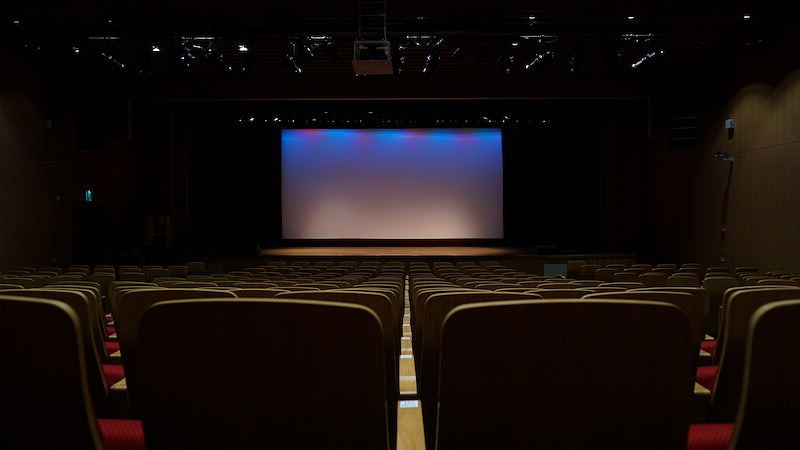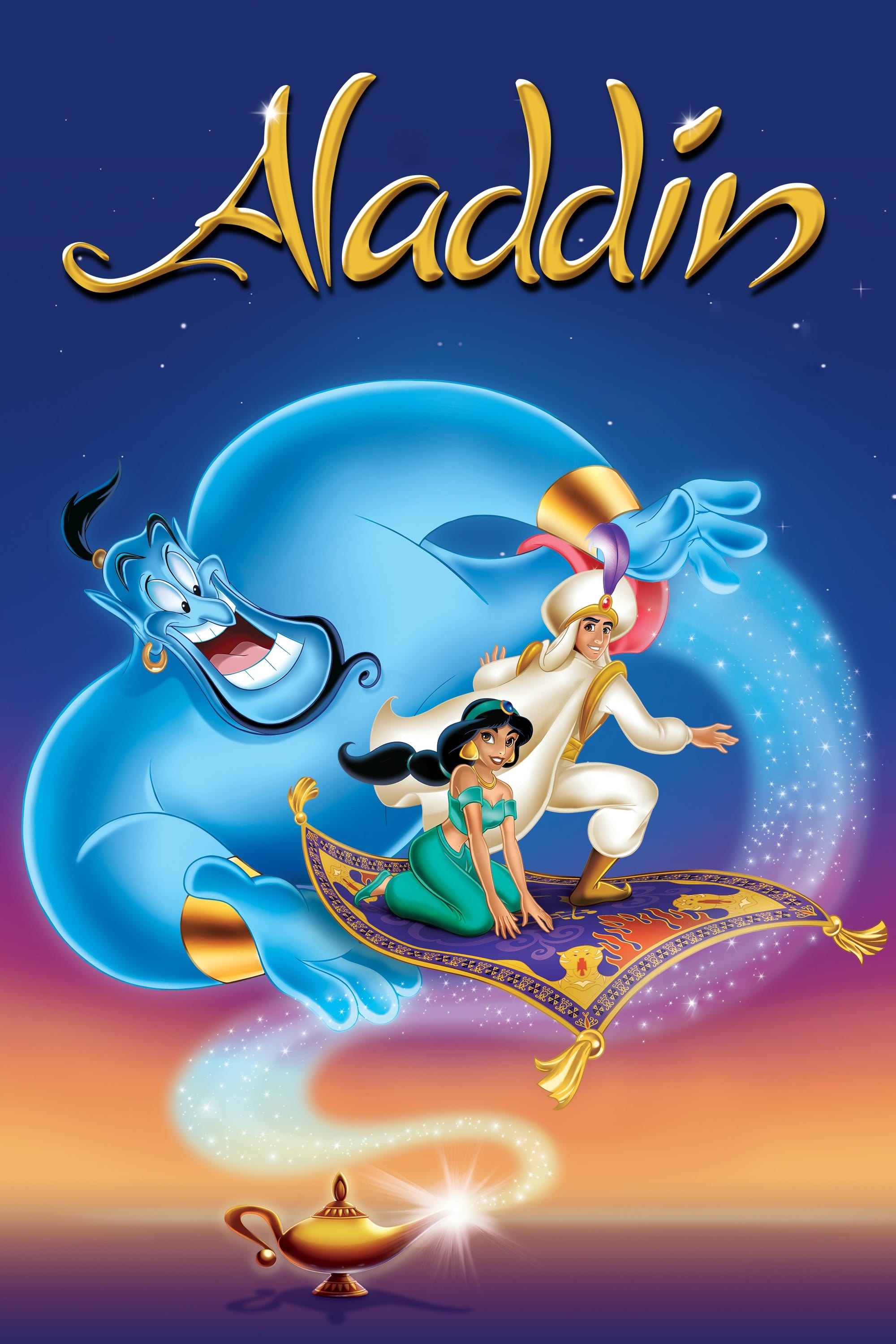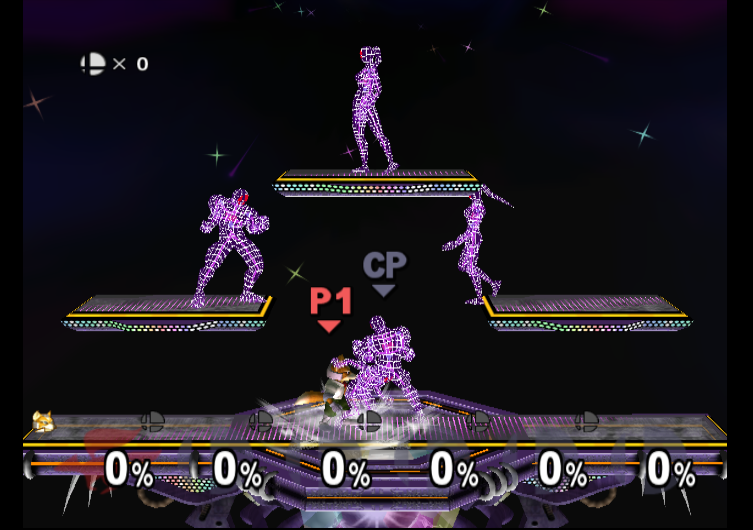
Returning to the world of classic films, especially those animated classics that accompanied us through our childhood, often brings a magical experience. We remember the songs, the characters, and the wonderful feelings they evoked. However, as time passes and societal perceptions evolve, revisiting these classics sometimes means viewing them through a new lens. Certain aspects that may have been overlooked or accepted in the past may now spark important discussions about representation, stereotypes, and cultural influence.
This is not merely about pointing out issues or dismissing the past. It is about acknowledging that art is a product of its time, and sometimes that time was not as enlightened as we might hope. As a giant in the animation and entertainment industry, Disney has been at the center of these discussions, particularly regarding its early works.
Discussions about problematic elements have also extended to many classic films. Disney itself has taken steps in recent years to address these issues. Let’s delve into some specific examples directly from current discussions to see how certain elements in classic films and Disney’s recent actions have sparked debate and reevaluation.

1. **Dumbo (1941)**: This heartwarming story about a baby elephant learning to fly is no accident, but it also contains one of the most often cited problematic elements of Disney’s early animation: the portrayal of talking crows.
Voiced in a satirical African-American dialect, these characters have long been criticized for reinforcing harmful stereotypes. While they teach Dumbo an important lesson about how to use his magic feathers, their portrayal is a stark reminder of the racism that existed in media during that era.
The crows are a prime example of the disclaimers Disney has added to some of its older films on its streaming service Disney+ in recent years. These warnings specifically mention “negative depictions and/or mistreatment of people or cultures,” acknowledging that these stereotypes were and are wrong.

2. **The Aristocats (1970)**: This jazz-style adventure animation set on the streets of Paris tells the exciting story of a group of aristocratic cats, filled with charming characters and melodious tunes. However, one character in the film has drawn widespread criticism for reinforcing racial stereotypes.
Specifically, the Siamese cat character Shun Gon, who plays the piano with chopsticks and sings in stereotypical Chinese phrases, has been accused of being a problematic stereotype. Voiced by a white actor, this character’s design and mannerisms overly rely on harmful and outdated stereotypes, making it another example of why Disney now includes warnings in some of its films.
This is a clear example of cultural insensitivity that modern audiences find unacceptable, highlighting how certain elements from the past can feel jarring today.

3. **Peter Pan (1953)**: J.M. Barrie’s timeless classic about a boy who never grows up and his adventures on Neverland was brought to life by Disney in animated form. However, the film’s portrayal of Native American characters has been controversial for years due to its offensive and stereotypical depiction.
The film refers to these characters as “redskins,” a term widely regarded as offensive and derogatory. Additionally, the scene where Peter and the Lost Boys dance while wearing Native American headdresses has been described by Disney itself as “a mockery and appropriation of Native American culture and imagery.” Such portrayals simplify complex cultures into simplistic and harmful stereotypes, exacerbating negative perceptions.

4. **Sleeping Beauty (1959)**: This visually stunning film tells the story of Princess Aurora, who is cursed to fall into a deep sleep and can only be awakened by true love’s kiss. The dramatic climax where Prince Philip kisses the unconscious Aurora is the core of the plot, but this scene has sparked controversy in contemporary discussions about consent.
In a modern context, kissing someone who is unconscious and lacks the capacity to give explicit consent has raised concerns among some viewers. While this act is portrayed as a heroic rescue in the fairy tale narrative, it highlights how certain interactions in classic stories may not align with contemporary understandings of autonomy and consent, particularly when involving female characters.

5. **Snow White and the Seven Dwarfs (1937)**: As Disney’s first animated feature film, Snow White holds a landmark position in film history. However, recent discussions surrounding Snow White have intensified due to plans for a live-action remake. Attempts to update the story to align with modern aesthetics, particularly regarding the portrayal of the seven dwarfs, have sparked widespread controversy. Disney announced it would adopt a “different approach” to avoid reinforcing stereotypes and consulted with the dwarfism community.
These efforts to modernize the portrayal have caused confusion and further backlash. Initial reports suggested that the dwarfs would be replaced by a group of “magical creatures.” Later, set photos appeared to show computer-generated dwarfs. Performers with dwarfism have expressed anger, arguing that the use of CGI deprives actors with dwarfism of rare performance opportunities and questioning why CGI is being used for dwarf roles.

6. **Aladdin (1992)**: This vibrant musical set in a fictional Arabian city captivated audiences with its genie, catchy songs, and adventurous story. However, the lyrics in the opening song “Arabian Nights” from the original animated film were deemed by many to be racially discriminatory toward Arabs.
The problematic lyrics are: “Oh, I come from a land / From a land far away / Where camel caravans roam. If they don’t like your face / They’ll cut off your ears / It’s barbaric, but hey, that’s home.” These lyrics reinforce harmful and violent stereotypes about the region and its people.
Aware of this issue, when Disney released the live-action version of “Aladdin” in 2019, they made efforts to remove explicitly offensive language from the lyrics and update the film’s presentation to be more sensitive to a global audience. This is a typical example of Disney addressing specific problematic elements through revision.

7. **The Lion King (1994)**: This critically acclaimed and wildly popular film, The Lion King, is often praised for its compelling story and exquisite animation. However, some viewers have pointed out that even this beloved classic may contain subtle racial biases, particularly in the discrepancies between the voice casting and character portrayals.
While the overall voice cast is predominantly white, the baboon character—portrayed as a low-class thug and ostracized by the community—is voiced by a person of color. This casting choice—where negative stereotypical roles are voiced by minority actors, while heroic roles are voiced by white actors—has led some to question the underlying issues, regardless of whether such implications were intentional or unintentional.
In the 2019 live-action remake, the role of Black actors was significantly expanded, which some saw as an indirect response to past criticism and provided a more diverse representation in the film’s voice acting. This shift reflects a trend toward more inclusive casting and an increased recognition of the importance of the identity of voice actors in animated films.
We have explored some classic Disney films that have sparked important discussions in recent years. But the discussion doesn’t end here! As a major corporation, Disney is also addressing evolving social standards through changes to its theme parks and updates to character stories. It is fascinating to see how these real-world changes intersect with ongoing discussions about classic media and cultural sensitivity.



